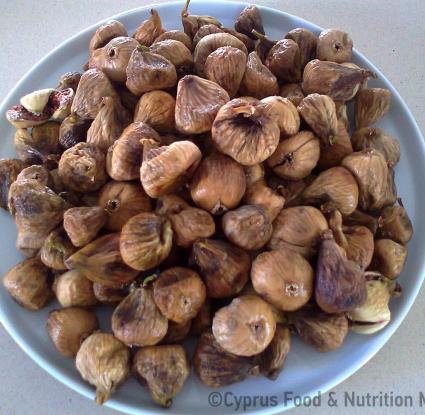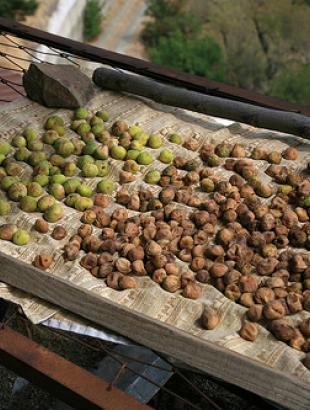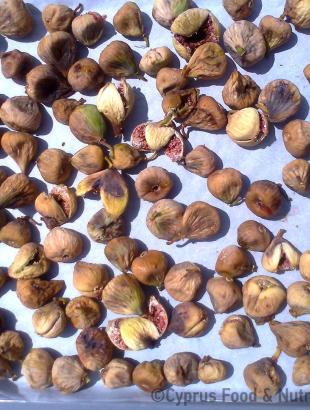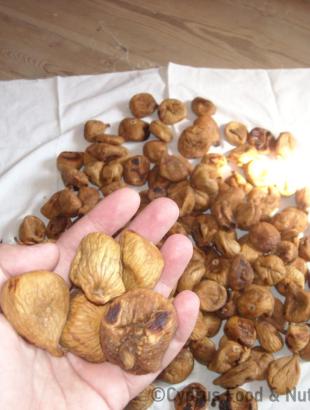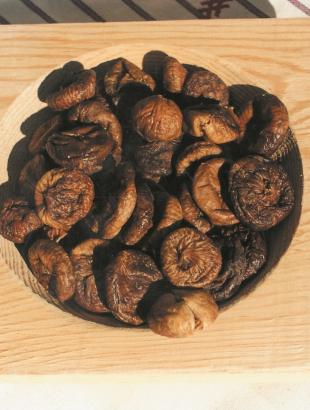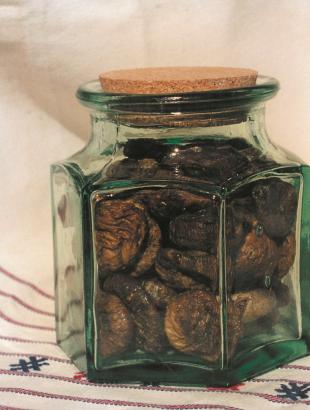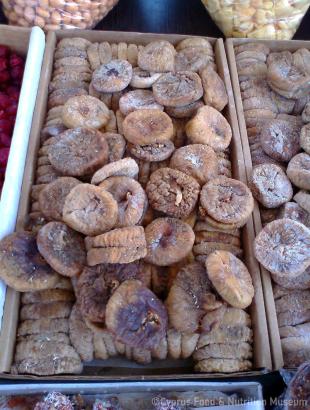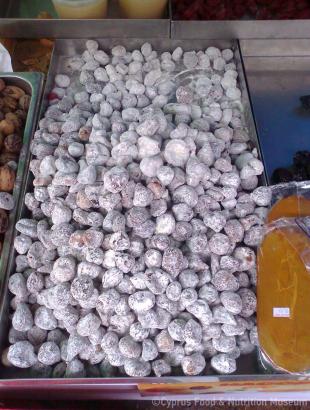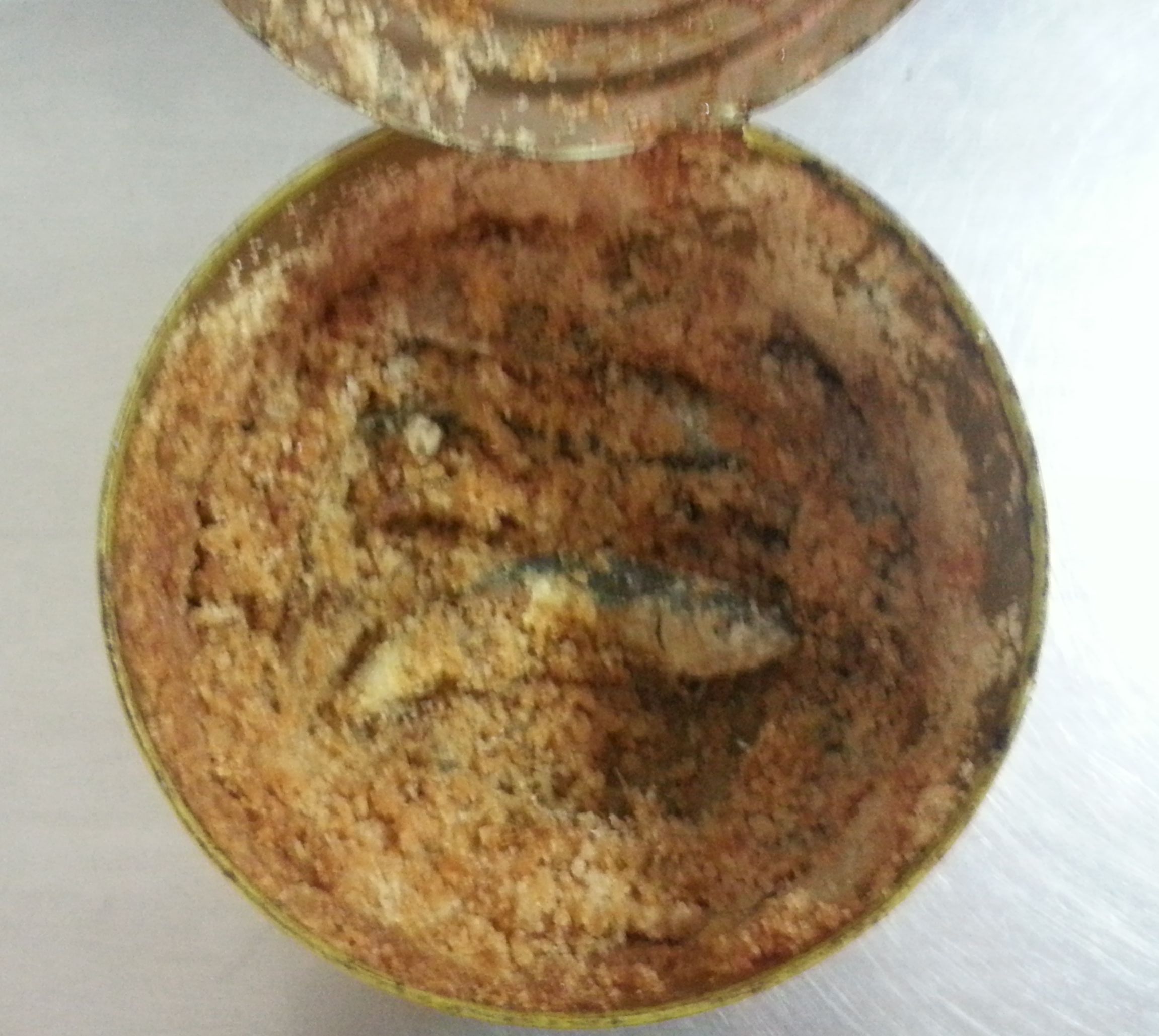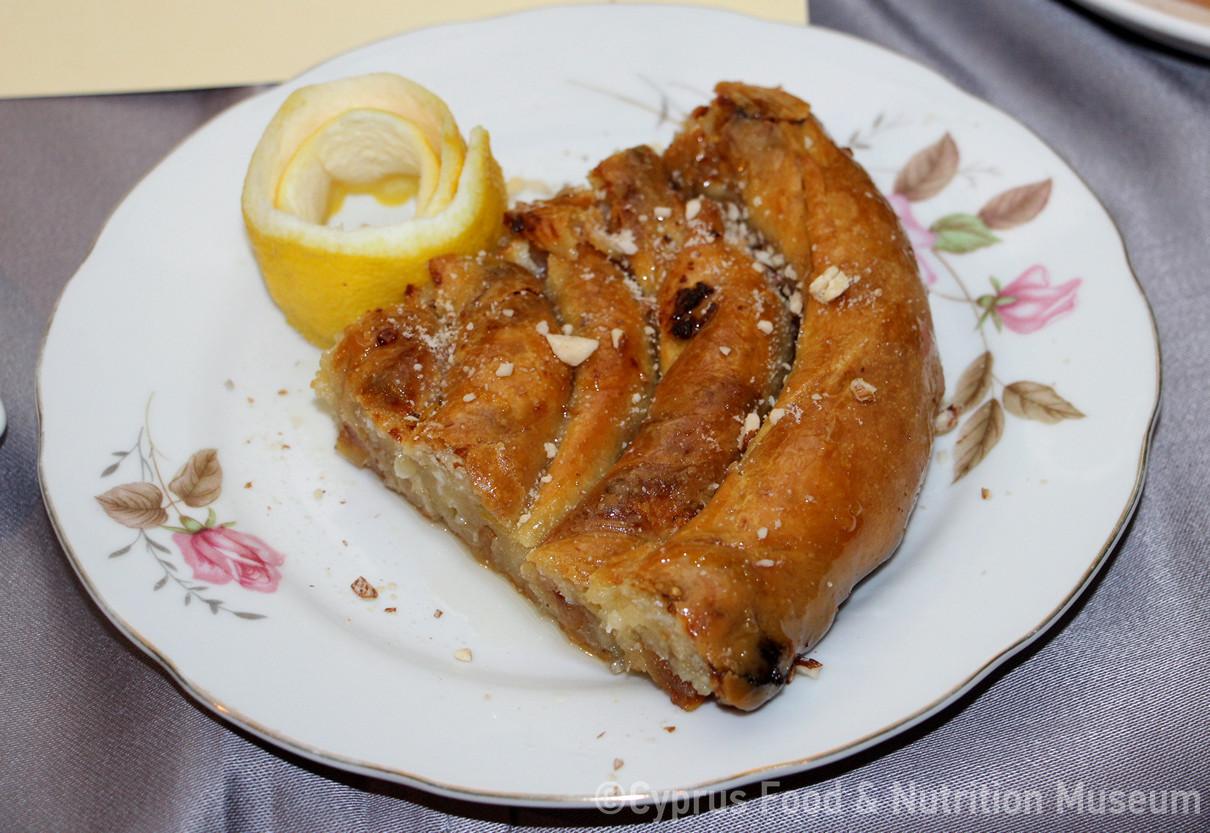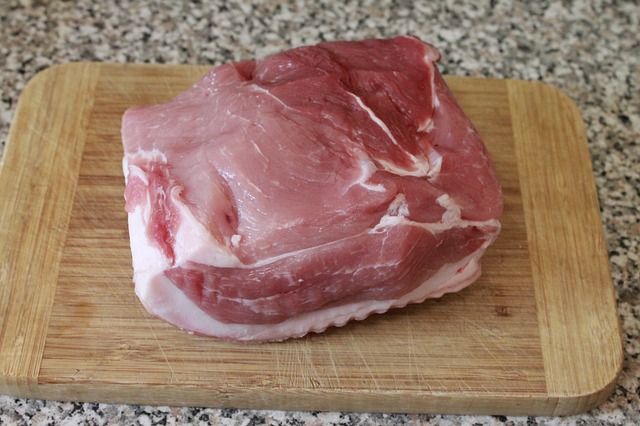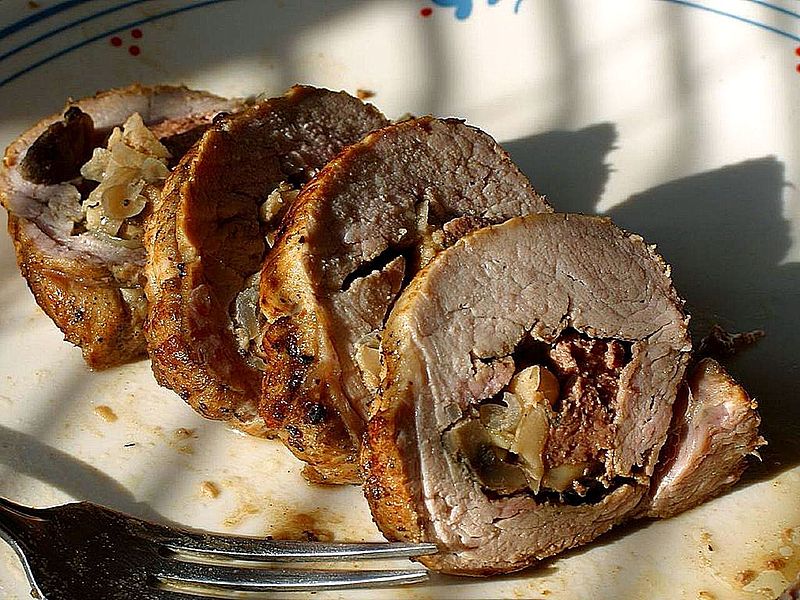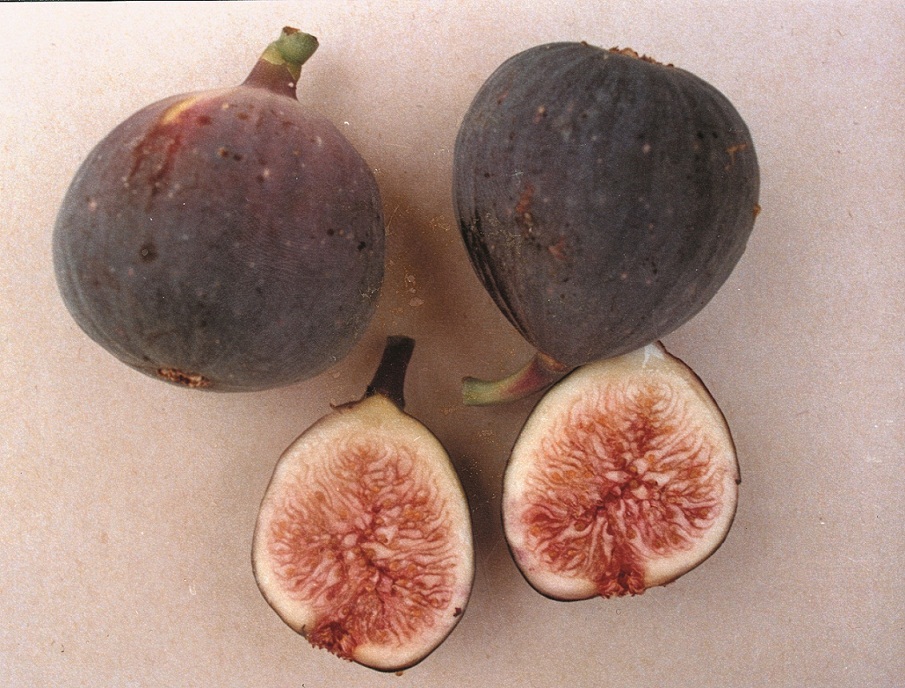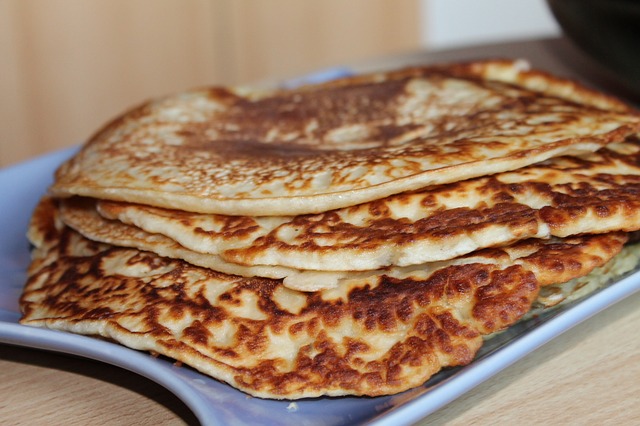In the past, dry white figs were called pastosyka, and dry dark coloured were called maxilles. Maxilles are produced in Paphos. The sweetest and tastiest are those of Lysos and Arodes (villages of Paphos).
Name - Recipe
Αποξηραμένα σύκα.
Ripe figs of the "ambelissima" variety (vine variety)
The fig trees of the vineyards produce the "ambelissima" (delunica) figs, which are small in size but very sweet and unaffected by the Mediterranean fly. These figs are usually left to ripen well and fall off the fig tree on their own. They are then spread out in the sun and then poured into scalding water containing 'alusiva', bay leaves and other natural aromas. Almost immediately, they are removed from the water and, after being left to dry, they are sprinkled with flour. (http://www.spilia.org/traditionalProduct.shtm)
Sun drying
Additional information and bibliography
According to Pharmakidis (1938), the dry white figs were called pastosyka, and the dry dark coloured were called maxilles. Maxilles are made in Paphos. The sweetest and tastiest are those of Lysos and Arodes (villages of Paphos). At the beginning of the 20th century (1938) they were sold in okas, but also in strings, i.e. passed on a string, each of them weighing one onja (100 drams). (Pharmakidis 2000)
Pharmakidis, X. (2000). Collected works, Epiphaniou Publications, Nicosia.
Chrysanthou, A. (2004). Traditional products. Retrieved from: http://www.spilia.org/traditionalProduct.shtm
Stalo Lazarou

